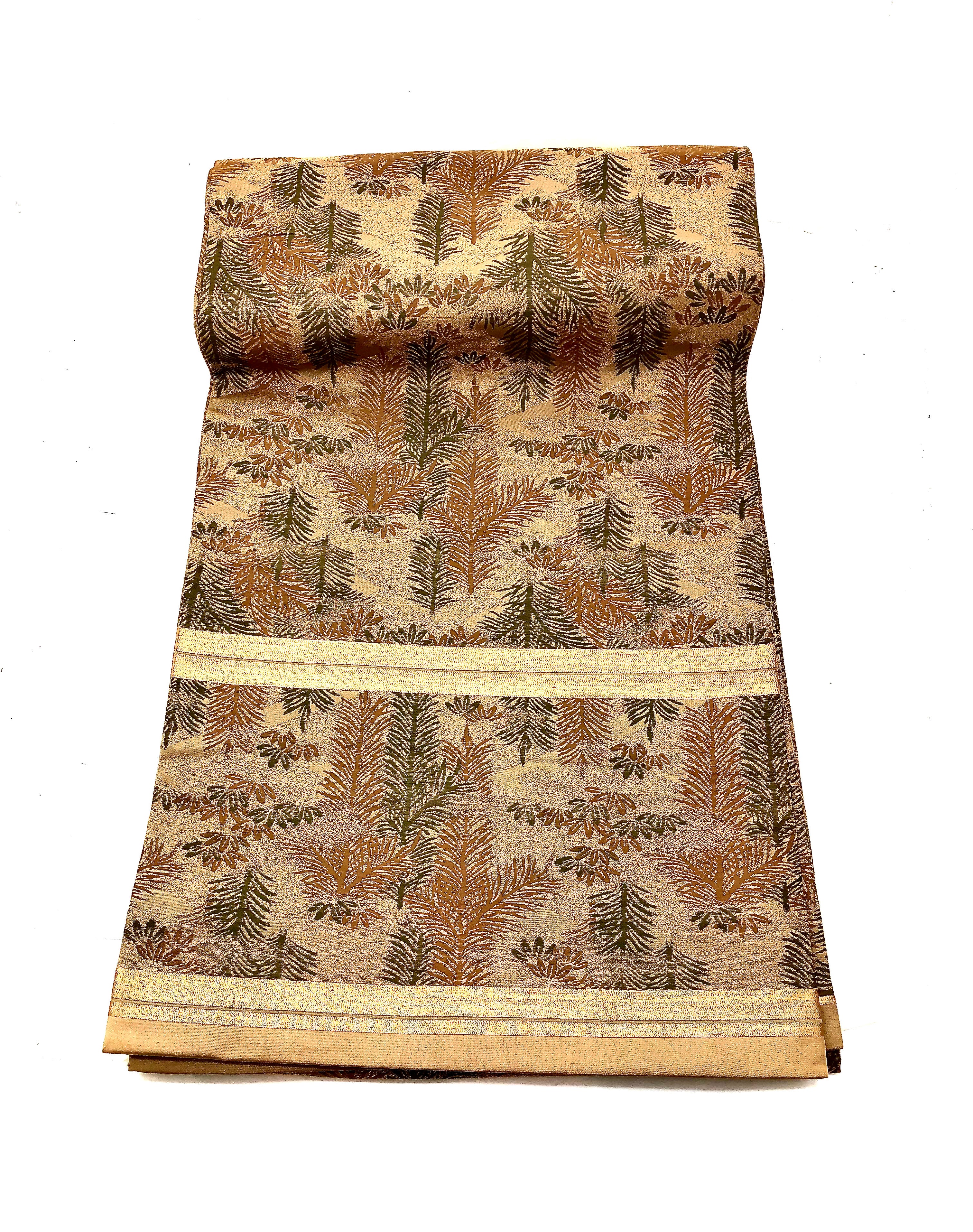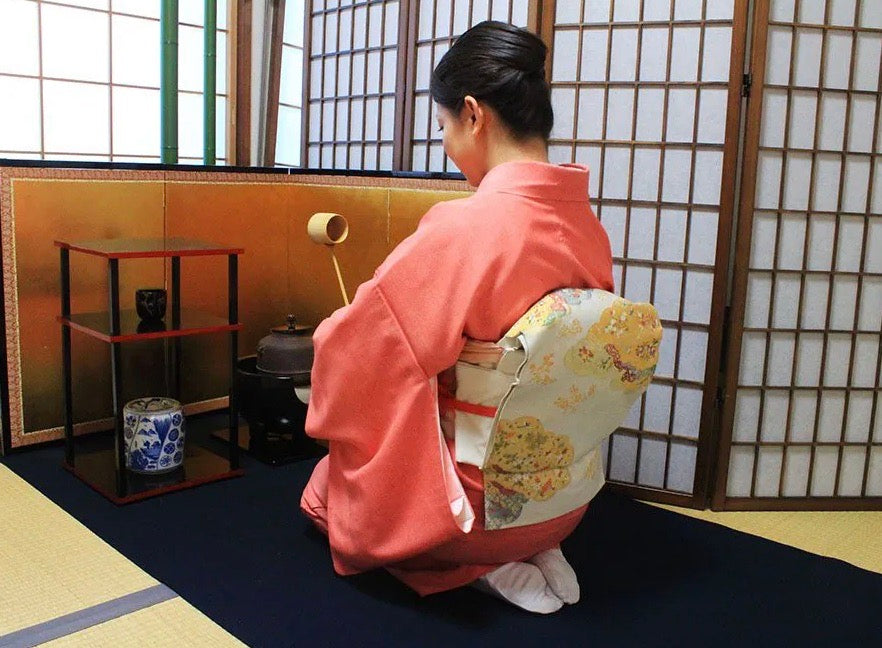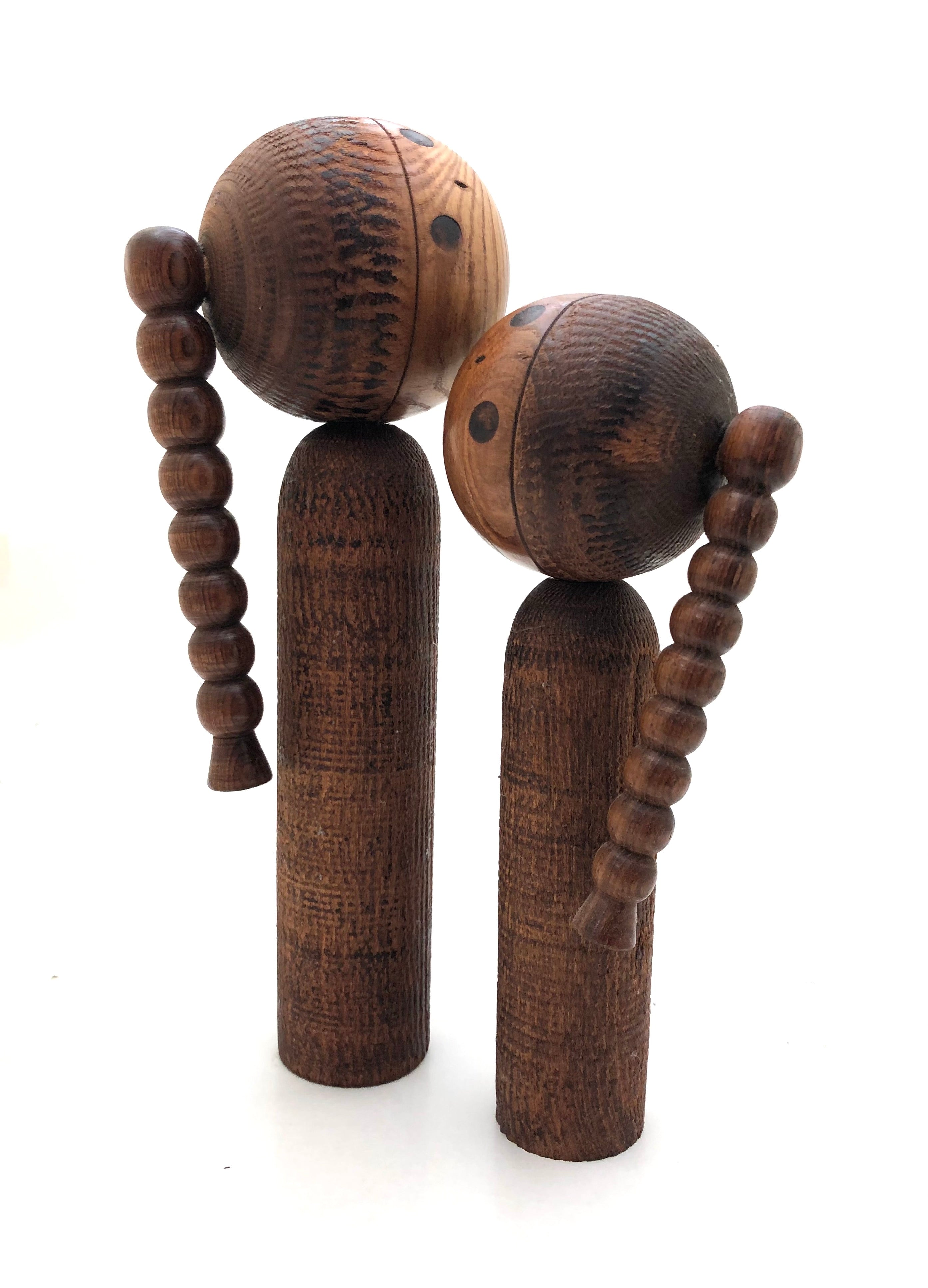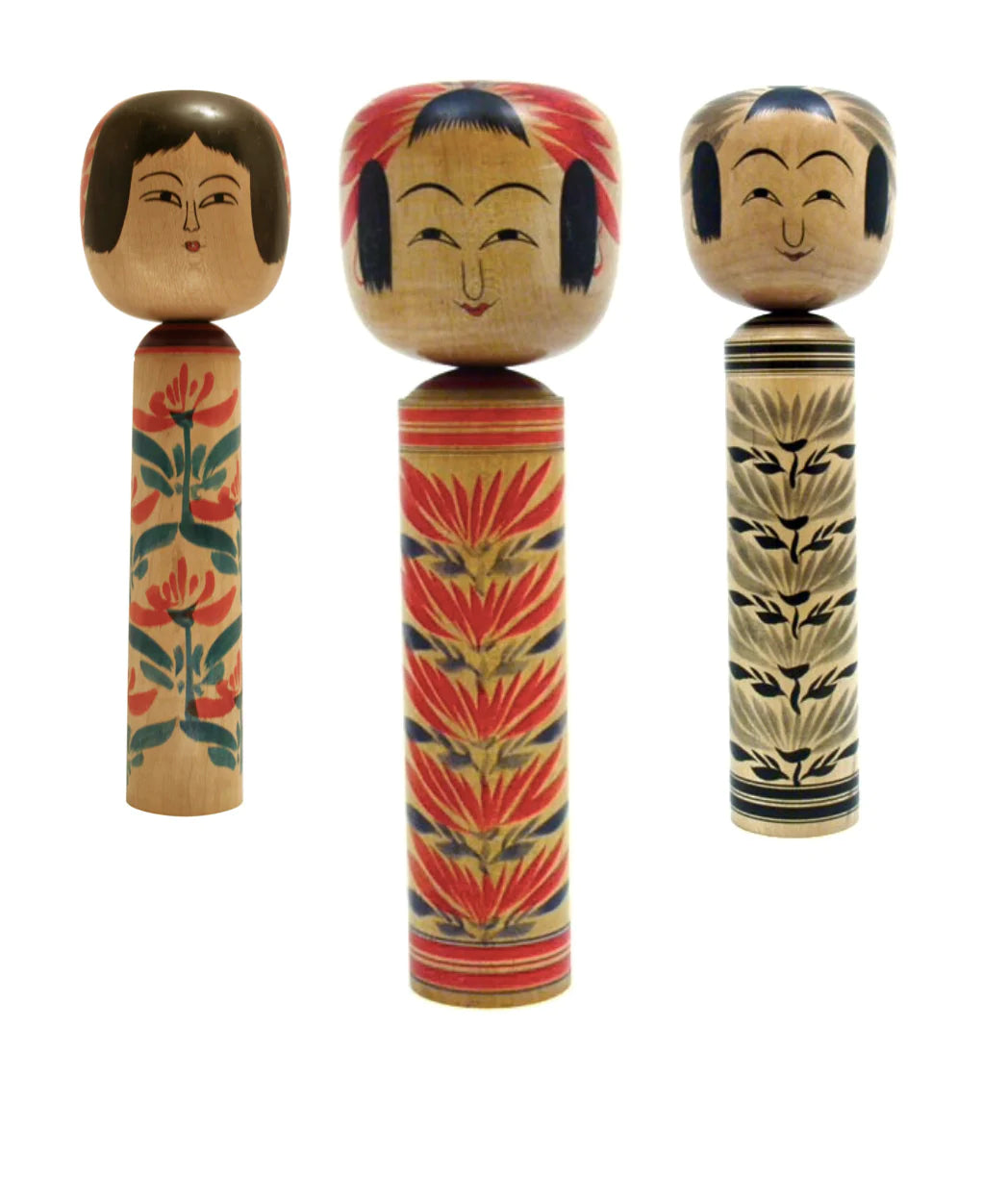

Antique Japanese Maru Obi of a Pine Motif | Taisho Textile
Dimensions: 163” (13-1/2’ l)
These antique, museum quality Obi have been developed over centuries. It is a belt or sash is standardly tied around the waist. It was originally intended to shorten the Kimono of the wearer. What was once a narrow tie has evolved into an expensive and intricate work of art, often times out pricing the kimono itself.
Each Obi has been hand woven of the finest Silk. It has then either been hand woven, usually incorporating hand-made pure gold threads into a design that is important to the family who commissioned it, or the occasion for which it was to be worn. In Japan, Obi is passed down as family heirlooms from generation to generation and are considered part of the wealth of the family. As a result, quality Obi are exceedingly rare.
This is a silk Maru obi has but one seam, and has been woven in a continuous repeat pattern and folded over to create two carry the same designs on both sides, (As with this type of Obi it was made for formal use - heavier and the same wide width for the entire length). The textile is made of Gold and Metallic thread and has a design that has, traditionally, been referred to as “Meiji jimon”, a continuous, small, overall repeat pattern of pine needles clusters called (fascicles) in green and bronze-colored natural dyed thread design throughout the textile. The Bronze color, sometimes referred to as Brown (“Chiro”) is not the primary color, but it has occupied a position of prominence on the pine needles, (symbol of a bright hopeful future), and bamboo with leaves, (symbol of good luck) motif and is employed in their reverence for nature. It found its greatest aesthetic, however, in the tea ceremony and in the myriad uses of tea from health to medicine to dyes. This is a very lustrous, finely woven Silk Obi that has a wonderful sheen that, when turned in different directions and in different light, will appear to change color. Although rarely signed it is a sign of a very high quality Obi denoting that a woman of high rank and wealth in Japanese society purchased this dramatic Obi.
Condition: Excellent and exquisite textile, and one of the very finest pieces. Does not appear to be used and is of Museum Quality.
Return Policy
Our antique/vintage pieces are identified/described and professionally photographed, and considered, “as is”, therefore all sales are final. Read our full refund and return policy.



